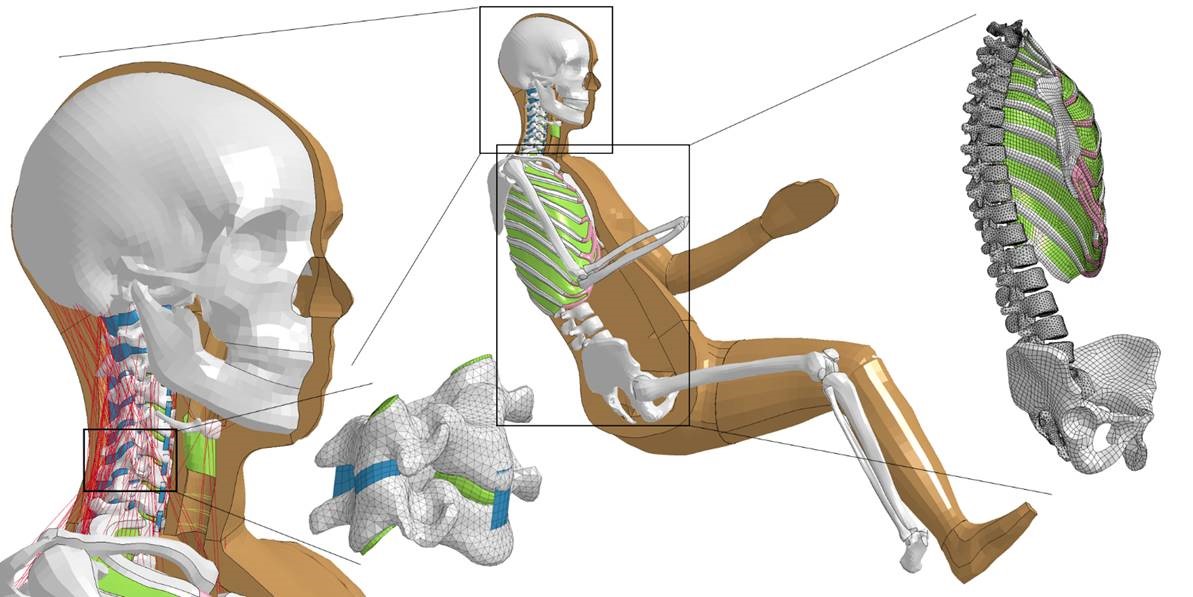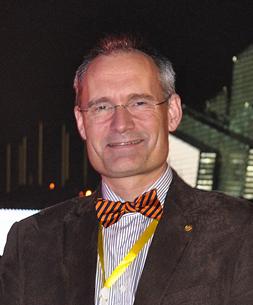The self-driving vehicles of the future require new protection systems
The automated vehicle of the future enables both drivers and passengers to be seated in completely different positions than they do today. This means that the vehicle’s protection system needs to be redesigned to protect the occupants in a possible crash. SAFER Traffic Safety Centre has for many years been working on developing humanlike simulation models to optimize vehicle protection systems, such as safety belts and airbags. A new major EU project - VIRTUAL - has recently begun to continue the work to develop virtual models and test methods for future vehicles.
The project will develop virtual testing methods and human body models of pedestrians, cyclists, passengers in vehicles and in public transport. Human body models, i.e. humanlike computer models used in crash simulations, will be used in multiple applications of future consumer testing and development of future protection systems.
Improved simulation tools provide safer vehicles
As a result of the project there will be both a model of an average woman and an average man.
"This is especially important for the injuries where women are at higher risk, such as whiplash injury in a rearward collision," says Mats Svensson, competence area leader in biomechanics and injury prevention at SAFER.
Both models will have an active muscle function. This makes it possible to also simulate what happens to the human body just before a crash. It will also be possible to scale the model to different sizes and ages. By combining traditional physical testing with virtual testing, future evaluation will provide more complete test results, which can improve the protection systems and make them more tailored to different occupants. This reduces the risk of serious injury and fatalaties in traffic accidents.
Source code open to all
The project will also study different seating positions, driving in completely self-propelled vehicles as well as people standing in public transport, for example in trams, cyclists and pedestrians. In tram accidents studies, people have found falling and injuring more on certain lines, and this will also be looked into more in depth in the project. The models developed within the project will be "open source models", which means they becomes freely available to other stakeholders.
"We believe and hope that the project through the advanced human body models, which will also be available to other research projects, will help ensure that future vehicles becomes even safer," concludes Mats Svensson.
Several SAFER partners active
VIRTUAL, "Open Access Virtual Testing Protocols for Enhanced Road User Safety" is a research project funded through Horizon 2020, the EU Research and Innovation Framework Program. Horizon 2020 is the world's largest investment in research and innovation and has a budget of around 80 billion Euros.
VIRTUAL has a total budget of close to 7 million Euro. 15 partners in 9 countries are included in the project, 4 of them are part of SAFER's Traffic Safety Centre: VTI, Chalmers University of Technology, Folksam and Volvo Cars. VTI, with SAFER's researcher Astrid Linder as project leader, leads the entire project at EU level. The project will start in June 2018 and will last for 4 years.


